Chamomile refers to a group of flowering plants, which are popular for their medicinal properties. Keep reading for some information about this plant.
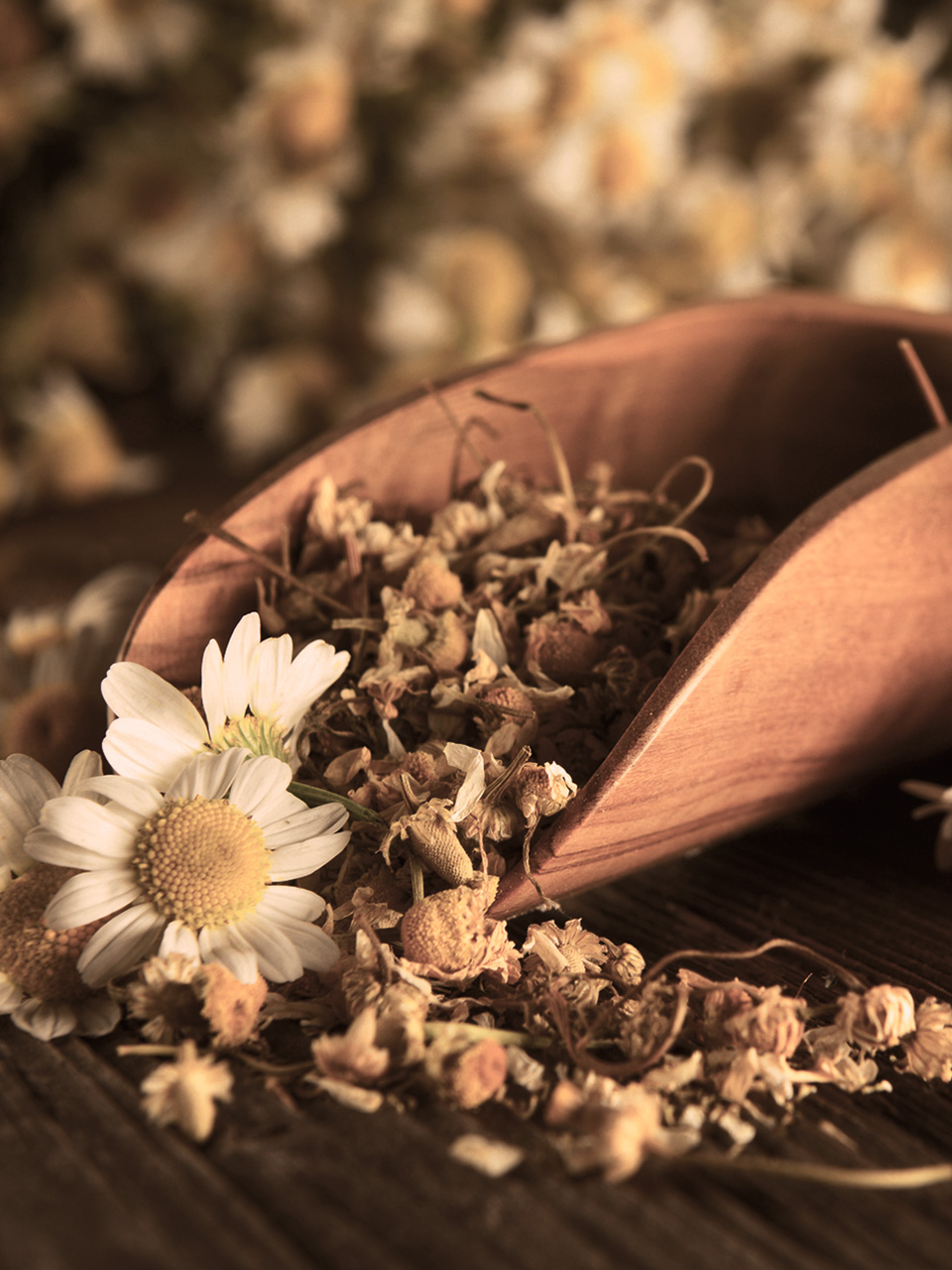
Tap to Read ➤
Facts about the Chamomile Plant
Sonia Nair

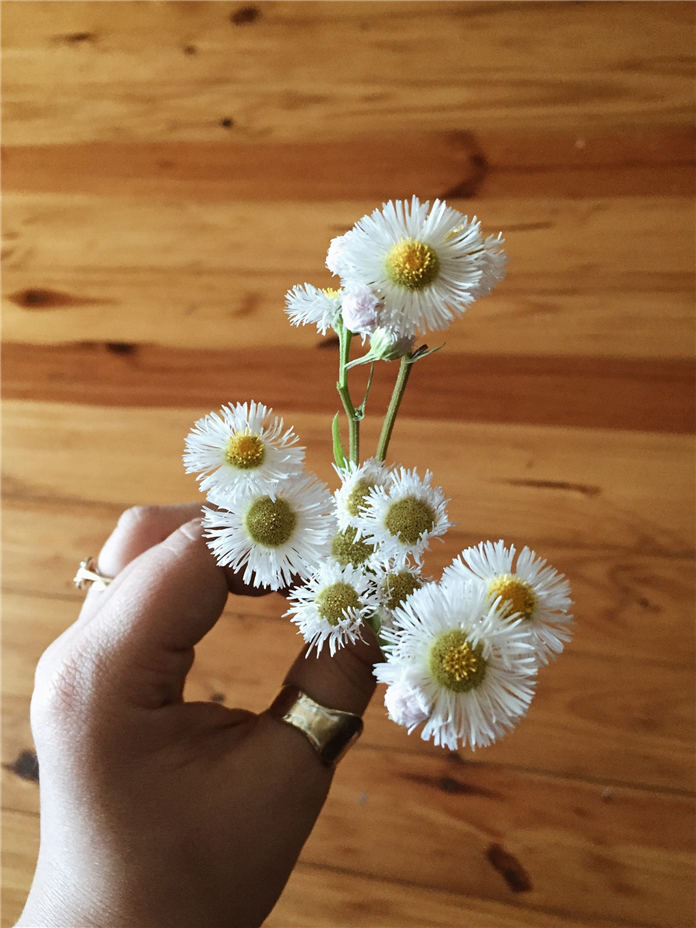
Chamomile refers to a group of flowering plants, which are popular for their medicinal properties. Keep reading for some information about this plant.
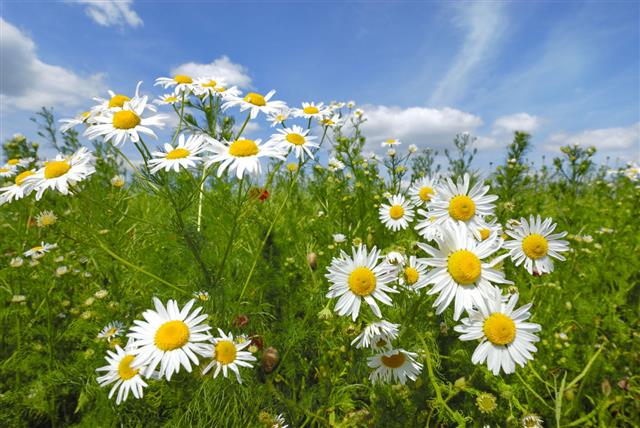
Chamomile plant got its name from the Greek words chamos and milos, which means ground and apple respectively. This means low-growing, ground level shrubs with the smell of apples.

Chamomile plants can be found in Europe, North Africa, and some parts of Asia. English chamomile (Anthemis nobilis) and German chamomile (Matricaria chamomilla ) are most commonly used for medicinal purposes. Though, both types have almost similar properties, oil extracted from German chamomile is said to be more potent than that of the English chamomile.

Dried flower heads of both varieties are used for manufacturing herbal tea, ointments, potpourri, herb pillows, shampoos, herbal medicines, and cosmetics.

Characteristics
English chamomiles are shrubs with a thick foliage, and they grow up to one foot in height. German chamomiles can grow to a maximum height of three feet. They have erect stems, and long and narrow leaves.

The flowers of English chamomile have an outer fringe of white ray florets, around the receptacle with yellow florets, and a comparatively flat central disk. The flowers of German chamomile lack bracts and the central discs are dome-shaped. A cross-section of the central disk will be solid in English chamomile, and hollow in German chamomile.

History
Use of chamomile dates back to the period of ancient Egyptians. They believed that the plant is a sacred gift from God, and is a cure for many diseases. They used to offer the flowers of this plant, to the Sun God. This herb was an important ingredient of the embalming oil used for mummification.

It was also used for cosmetic purposes in ancient Egypt. While the Romans used chamomile to make incense and beverages; Hippocrates, the Greek physician believed that this herb is useful in treating congestion and dysmenorrhea.
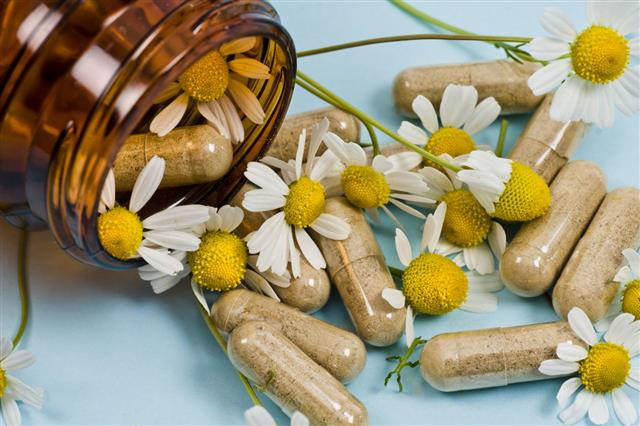
During the Middle Age, Anglo-Saxons graded this plant as one of the Nine Sacred Herbs. Monks also played an important role in propagating awareness about the medicinal properties of chamomile.
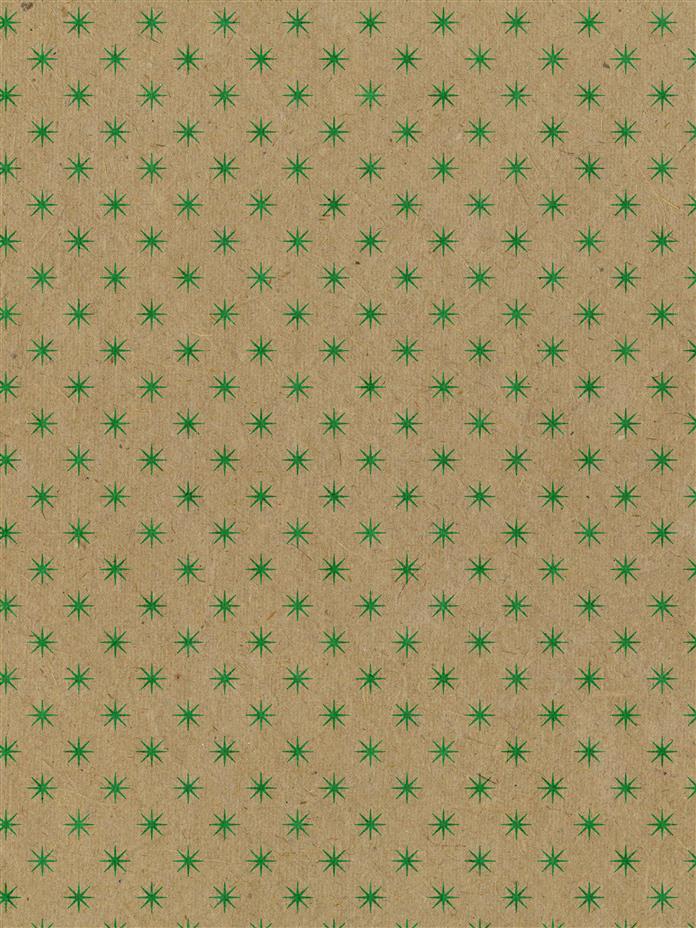
During this period, alchemists in Europe started extracting essential oil from these herbs through distillation. Over the centuries, the popularity of these plants increased and spread to different parts of the world. Today, these plants are grown commercially, as they are widely used in aromatherapy and other forms of alternative medicine.

Uses
Chamomile has a long history of medical use. Though there is no scientific evidence to support the claims regarding its medicinal properties; chamomile has been used widely for treating various ailments. Some people have reported side effects, like allergies, after being treated with this herb.

It is believed that this herb is useful for treating anxiety, sleeplessness or insomnia, indigestion, gastritis, ulcerative colitis, diarrhea, menstrual disorders, migraine, skin disorders, eczema, wounds and burns, conjunctivitis, canker sores, and teething problem in kids.
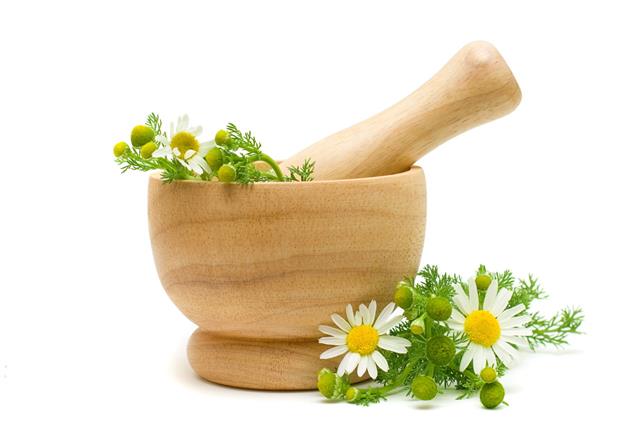
According to the list maintained by the U.S. National Library of Medicine, chamomile has been traditionally used, in the treatment of over 100 ailments and medical conditions.
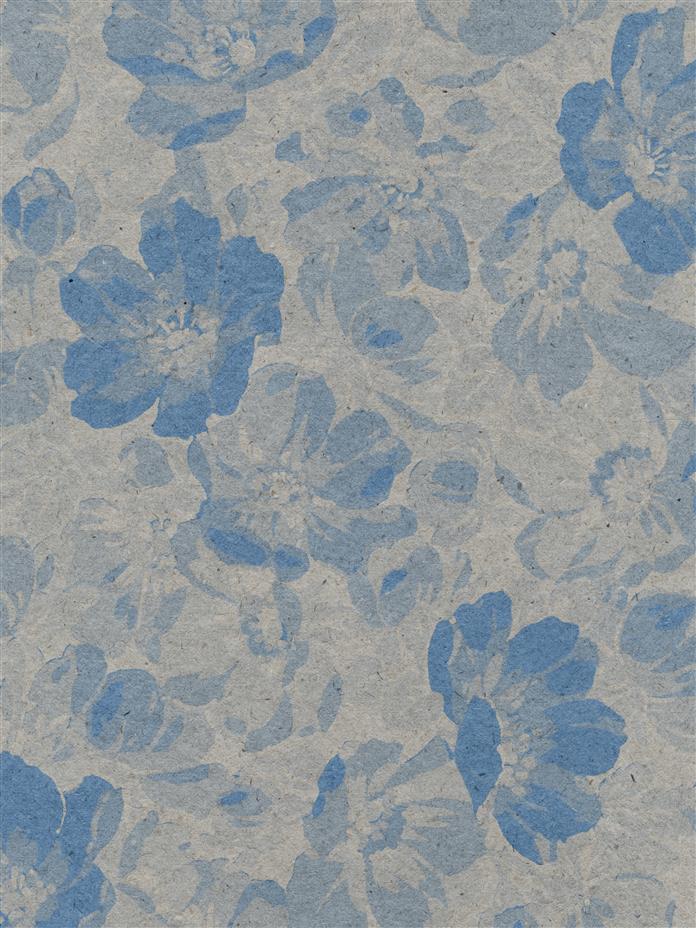
The German regulatory agency for herbs, known as 'Commission E', has sanctioned the use of German chamomile for gastrointestinal spasms, and skin and mucous membrane inflammation. It is said that this herb has antispasmodic, anti-allergic, anti-inflammatory, antiseptic, analgesic, and sedative properties.

Chamomile is often called the plant's physician, because it aids in the healthy growth of other plants, if grown in a garden. If you keep a chamomile plant near a sick plant, it will improve the conditions of the latter.

You can definitely grow some chamomiles in your garden; but as far as its medicinal use is concerned, it is advisable to consult a qualified medical practitioner.